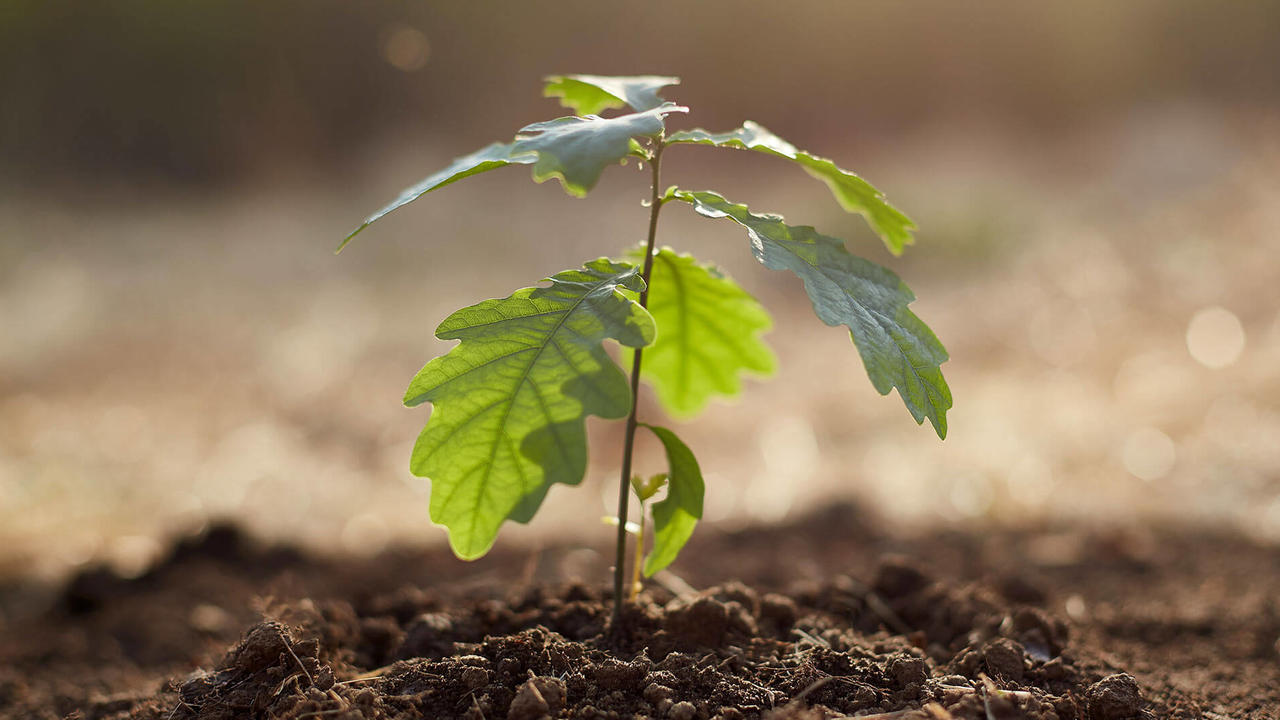Making whisky is a game of patience. A distiller’s best friend is time. The only way to get a good whisky is time and ingredients, of course. However, this process starts right from the acorn of an oak tree.
Not all whiskies are matured and not all, if matured, use an oak cask. The oak casks, when used, can influence the whisky's flavour somewhat. Whether it’s a single malt Scotch whisky, a blended malt whisky or even an Irish whiskey, oak barrels play a role in the whisky produced and its characters. In this piece, I’ll be discussing how the oak is grown and role it plays in the whisky production process.

Growing oak trees
Growing oak for whisky production requires a lot of land for the impressive oak forests. A forest is defined as a large area of land that’s covered in trees. I like to think “large” is subjective and would argue that the two baby oak trees in my garden qualify as a forest. They’re still in pots for now but I plan to plant more this year and eventually move them to a proper field where they will, hopefully, prosper.
Getting in on the action is easy. Oak trees grow from small acorns - these happen to be dropping all over the place at the moment in Scotland. The timing will vary a little in the Northern Hemisphere depending on where you live exactly. However, if oak trees grow in your part of the world, all you need to do is to stroll through an oak forest when the leaves start to fall in autumn and collect a few acorns off the ground. This is how your oak forest begins.
However, this can be a sobering patience game. Whisky production is already a long game with the maturation period, but if we include oak growing then it’s even longer. Trees need at least 50 years to fully develop and sometimes even 100 years, depending on species and location. It then takes a couple of years to air-dry staves before they can be turned into an oak cask. Those casks are used to mature other spirits or wine first for a few years before they make their way to Scotland.
The oak tree is not the only plant used to make whisky. Malted barley is integral to whisky production. Read about what is whisky made from, here.

Oak infused whisky
I do enjoy this gardening as a hobby, but the main reason I was keen to start an oak forest is because Scotch whisky is matured in oak casks.
Some would argue that most of the flavours in a Scotch whisky come from the oak during maturation. Many books go further and quote that 70% of a Scotch whisky’s character develops during maturation in these oak barrels. I often wonder where this “fact” came from. I assume a distiller once used this rough percentage to describe a specific whisky and this figure was taken as a general rule.
I agree most whisky flavours derive from the maturation process but consider a three-year-old peated whisky matured in re-fill Bourbon casks and a 30-year-old Speyside malt matured in first-fill wine casks. The latter will be far more influenced by maturation than the former. Nevertheless, regardless of percentages, when it comes to flavour, oak matters. It's important to not oversate its influence compared to the grain mash of a whisky, like malted barley, however.
Each part of the process influences the taste and so within whiskies of the same grain mash, like a single malt whisky or corn whiskey, slight differences in maturation can be significant in flavour differentiation.
Check out our guide on ‘how to taste whiskey’ like an expert.
Different types of oak
The main types of oak used for Scotch whisky maturation are American and European oak. Most of the European oak used is Spanish oak. Just looking at freshly cut staves points to a breadth of flavours to be extracted by the spirit over the years.
In appearance, American oak is quite light in colour whilst Spanish oak has redder hues. Both types of oak pass on unique characteristics to their whiskies. American oak tends to pass on honey, toffee and vanilla flavours. A Spanish oak infuses notes of dried fruit and nuttiness into the spirit. Making sure the oak is a high quality before being made into oak casks means it’s more likely to pass on these great flavours.
Although, it’s important that the notes the whisky casks do not overpower the other delicate flavours the whisky already holds. Getting that perfect whisky requires a balance of flavours and only top whisky distillers know how to achieve this.

Whisky maturation with oak
Maturation is not just about wood extracts. Some casks contain an active layer of char. This layer will help remove immature notes which are sometimes present once the spirit is through the distillation process. Moreover, casks let the alcohol breathe which means oxidation and evaporation also play a part in determining the final character of your favourite whisky.
During maturation is when the ‘Angel’s Share’ occurs. Find out exactly what this phenomenon is in our ‘what is whiskey’ piece. Learn about how whiskey is made and its history too.
To conclude, I wish the trees I planted last year could be used to mature whisky during my lifetime. The reality is that oak tree producers are currently planting trees for future generations, far ahead. You can play your part in this, too. Just remember to collect a few acorns next time you go for a walk. Before long, you’ll be telling your friends about this oak forest you own…
I’ve linked a few websites at the bottom of the page to help you get started. Remember, oak trees grow to be very tall so make sure you have selected a suitable space to plant yours once it is mature enough to be moved to a permanent position!
Want to know more about Scotch whisky? Visit our ‘what is Scotch’ page to get your questions answered.
Feel like you could master a whiskey-based cocktail behind the bar? Take a look at our EBS Bartender Courses here.
Want to get hands-on? Read about our Scotch whisky expedition in Glenfiddich for an amazing experience in Scotland.

